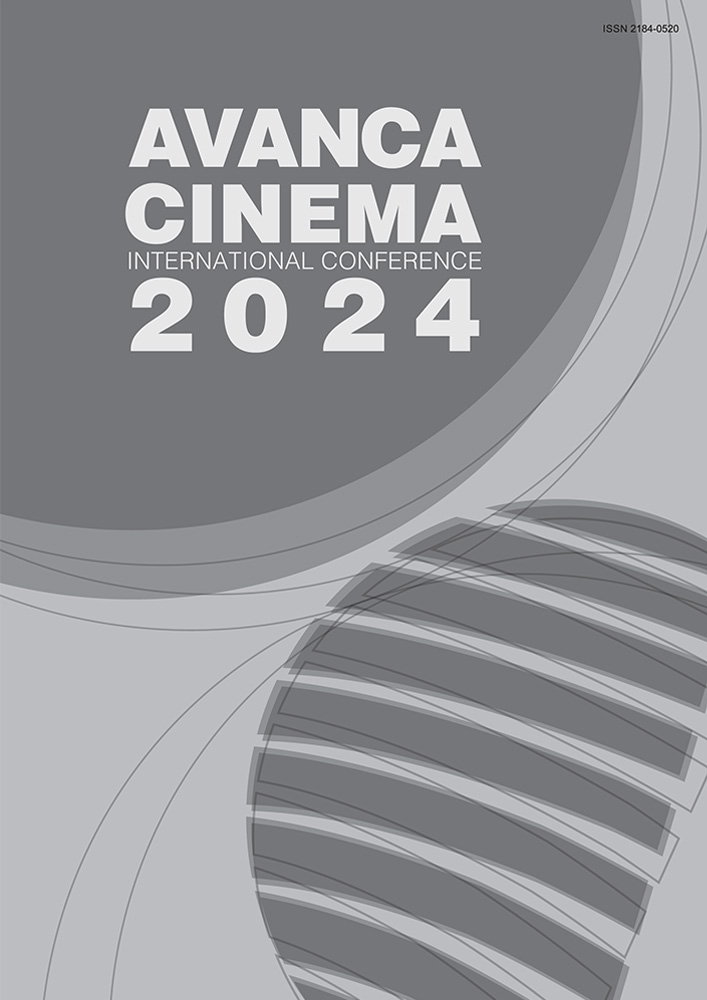Capítulo III _ Cinema - Comunicação
The Eschatological Screen
Resumo
“It’s gross, but satisfying when the cysts come out.”
“I watch these, feeling sick to the stomach - yet still can’t stop watching!”
“Just respect the guy that edited this vid. The times he had to watch this to make the right cuts.”
These are a few comments published right below the screen, where from huge lipomas to massive blackheads, YouTube channel has been displaying an incredible number of videos that perform dermatological procedures as happenings.
Its audience is enormous, comparable in number of viewers to those of porn videos, and it is precisely their similar aspects and analogies, that comprehend the visual language and strategies of shooting and editing and the capacity of snatching spectators that this article intends to explore.
One of our premises is the fact that medical interventions contents that display close up skins being cut and stitched, bleeding, squirting pus and other matters are permitted and porn material is not. Is there an ethical difference to the issue of voyeurism of other people’s bodies which both target at?
Their main difference, though, is that one occupies space in a public institutional channel. Google purchased YouTube from their original creators by the end of 2006 for US$ 1,65 Billion, and as Time Magazine put it then, when electing YouTube as the best invention of the year for, among other reasons: “create a new way for millions of people to get entertained, get educated and be shocked in a way never seen before”.

Este trabalho encontra-se publicado com a Licença Internacional Creative Commons Atribuição 4.0.

